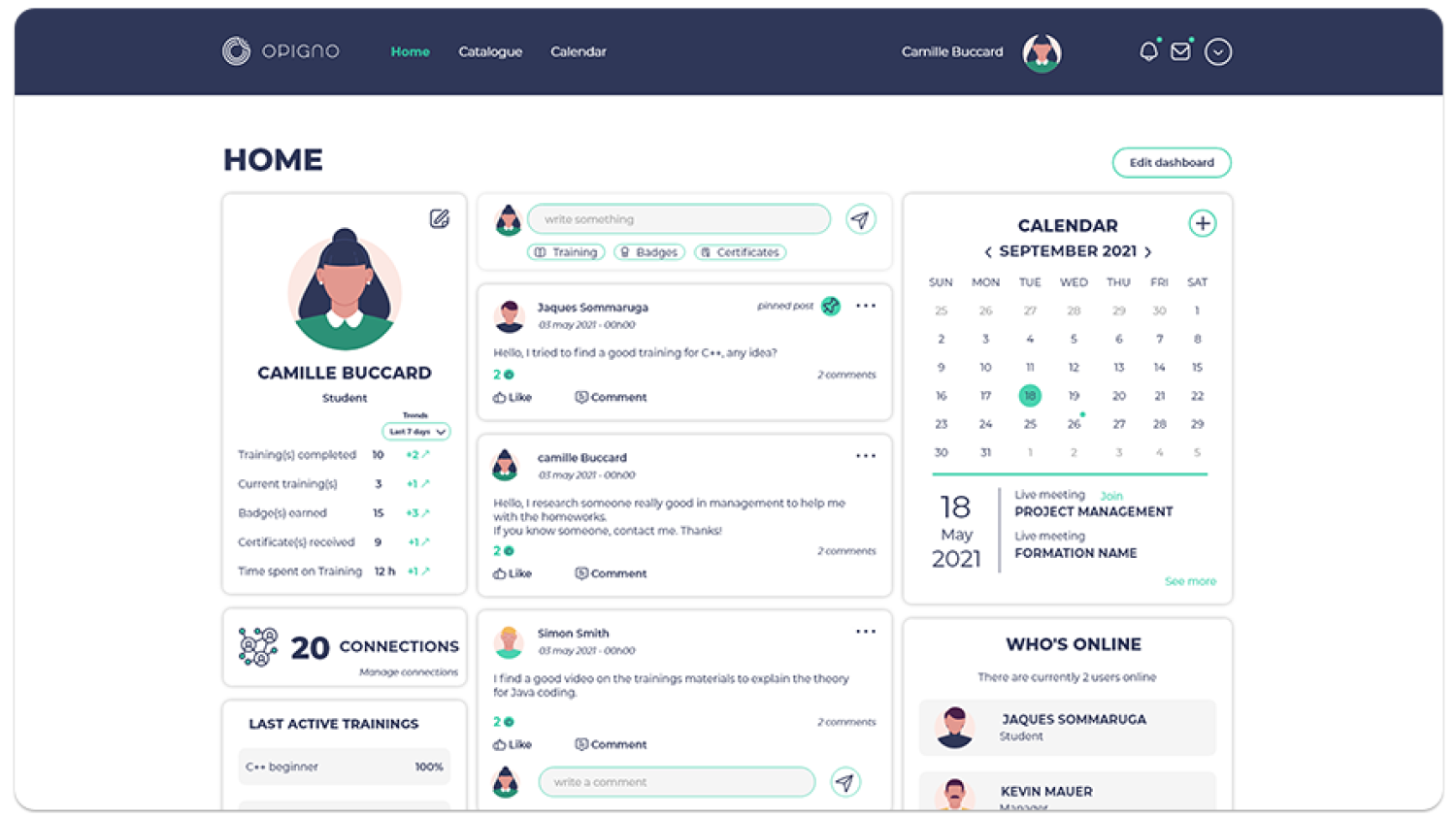If you’re in the market for a rock-solid e-learning platform, you’ve probably already faced the tough question: which technology stack is going to give you the best return? Trust me, I’ve been there too. Over the years, I’ve seen a lot of different approaches, but I’ve found that combining Drupal 10 with Opigno LMS is like hitting the jackpot when it comes to e-learning.
Let me walk you through why this combo is such a win.





